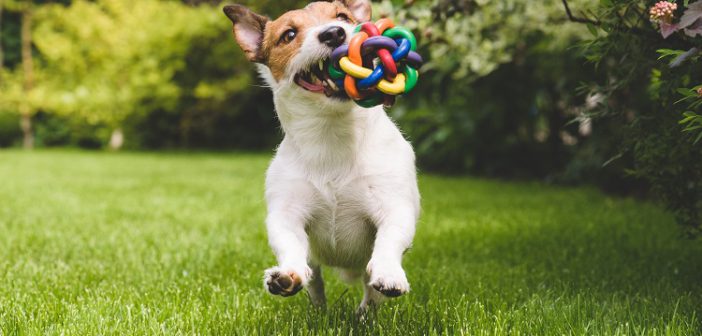Steps to Take to Make Sure Your Kids and Pets Coexist Peacefully
The bond between pets and their owners is a special one that has stood the test time. Classic human/dog relationships have been part of pop culture for years. After all, dogs aren’t called “man’s best friend” for nothing.
It’s needless to say that our pets make us do things we never thought we would, like buying puppy health insurance or considering what they need when bringing a newborn home.
The dynamic of newborn babies and pets is one that is worth exploring as they oftentimes require an adjustment for a new child and a pet to coexist.
How to Make It Work With Kids and Pets
This is the million dollar question. The truth is, every situation will be different because of different factors. So many different things can go into effecting how your cohabitation situation will play out including:
- Family size
- Type/breed of pet
- Age of pet and how long you’ve had it
- Living space
Expect the unexpected on this journey, but there are some things you can try to make the transition a little smoother. We’ll explore a few.
- Make Your Pet a Dedicated Area of Their Own
If your pet is jealous or frustrated about their new family member, it may help them to have their own place to go to cool off, have fun, and be alone. Pets take well to a “baby-free” zone where they know they are the main priority and not the kid for a change.
This space doesn’t have to be over the top either, your pet won’t know the difference. A favorite corner with an extra blanket and toy will work perfectly fine.
- Introduce Them to One Another Slowly
Once your pet gets comfortable and settled in your home, it starts to view it as their territory. Any new person or thing in that space will take some time to adjust to. The adaptation process can take up to three months for other animals to adapt to one another, and it is reasonable to expect at least that long with a new child.
Since pets can be jumpy at first, it’s smart to gradually introduce the child and pet to one another. This helps to reduce territorial behavior and jealousy of the pet. If you have a more territorial or confrontational pet, you may want to even start in a neutral environment before fully introducing living together.
- Get Your Pet On the Move
While the newborn will require a large amount of your time, attention, and effort, please don’t forget about the exercise your pet needs. A pet that doesn’t get adequate playtime can become jealous or resentful of your baby.
Pets also need this play time to use that extra energy they acquire from getting a new addition to your family.
- Be a Good Role Model
Kids can be really hard on pets. Although it’s usually accidental, it is still important to teach the kid what’s right and wrong in their interactions with your pet. Your kid will learn best if you do more than just correcting behaviors as they arise. Be proactive and demonstrate what to do and what not to do when playing with your pet. Things that are good starting points:
- Where to touch
- How rough to be
- Tickling/rubbing/scratching
- How to play with pet toys
- No Leaving Them Alone Together
This is a must-follow rule. We know that you know your pet, and are confident in their friendly nature, but it is always better to be safe than sorry. As mentioned before, pets get jealous and frustrated sometimes with your newborn and kids don’t know how to treat animals. It’s best for all involved if their play is supervised for a while.
- Obedience Training
Determine your pet’s behavior and how it responds to verbal commands. Figure out what areas could use some work and look to improve on these areas before bringing your kid home. It may be easy to overcome some of those struggles when it’s just you and your pet, but the attention that your newborn will require will make it much harder. To have the most peaceful and loving home possible for your newborn, make sure your dog does the following at the minimum:
- Comes when called no matter what
- Sits and stays on command
- Doesn’t jump on people
- Slows when pulled by leash
Other things to remember you can try include staggering feeding times, letting pet exercise,, ignoring jealous behavior, and teaching behavior around equipment.





vey useful post
puppies for sale in Abu Dhabi https://petznstuffuae.com/